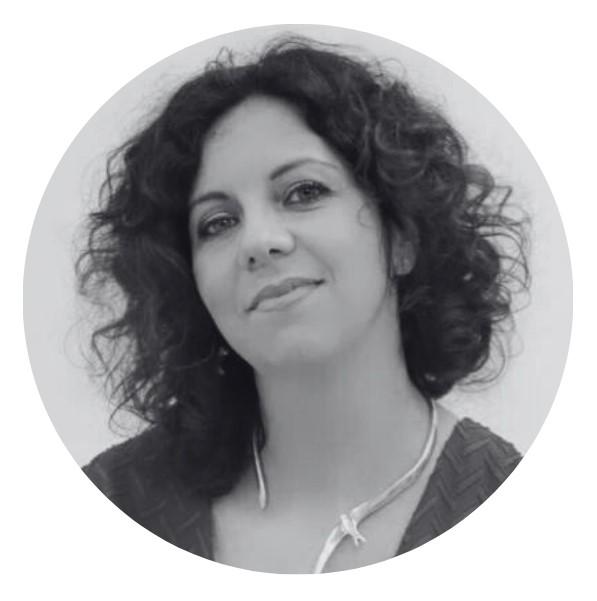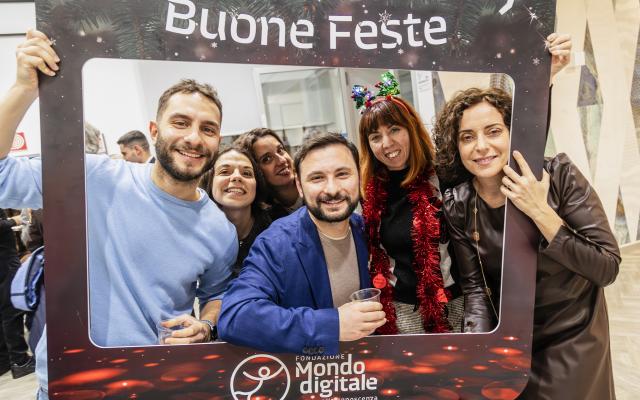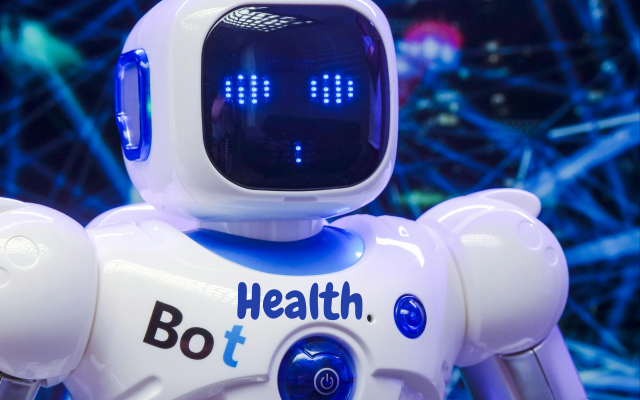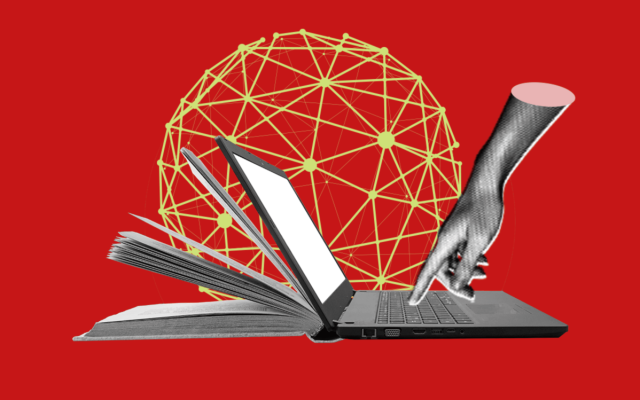Ilaria Rossi’s advice to young inactive people looking for a job.
“I am a mother of 14-year-old twins and my family is Italian-French. This balance between personal and professional life, enriched by cultural diversity, deeply influences my approach to relationships and leadership. I have been working in sales since 2001, starting out as an Account Executive in Paris, working with clients such as France Telecom and Bouygues. I have held roles as Country Manager and in sales management. My experience is focused on the software as a service (SaaS) sector. I have always worked for American companies, of all sizes. As Country Manager, I contributed to the success of entities such as Corbis, Shutterstock, and more recently LinkedIn. I have worked in start-ups, growing companies, and consolidated organizations, developing a strategic and operational vision.”
She points out: “My approach is people-centred. I believe that success comes from collaboration and building authentic relationships. Supporting women in the workplace is a personal mission. I am committed to creating opportunities that enhance female talent and break down gender barriers.” Thanks to an interview conducted by Onelia Onorati, we get to know Ilaria Rossi, Regional Sales Manager, LinkedIn Talent Solutions: Women@Dublin ERG Chief Office Lead. Ilaria has also attended some of the coaching sessions of Project Skills for the Recovery that the Fondazione Mondo Digitale ETS promotes together with LinkedIn.
Let's start with young people, why is it important to take part in personal branding courses?
It is essential to align your professional profile with your desired career plans. In an increasingly competitive world, having a strong and coherent presence helps you stand out and effectively communicate your skills and aspirations. This helps young people better understand the job market, develop a solid personal narrative, and build a strategic professional network.
How does a project coaching session work?
It is based on a structured approach like the GROW Model (Goal, Reality, Options, Way Forward). It starts by defining the objective (Goal): what the participant wants to achieve. Then, the current situation (Reality) is analysed to identify strengths and obstacles. The coach then helps to explore possible actions (Options) and strategies to overcome the challenges. Finally, a concrete plan (Way Forward) is established that the participant can apply to work towards their goals. This method makes coaching focused and effective, helping the person to obtain tangible results.
During your sessions, have you ever drawn up a sort of list of mistakes to avoid?
I often see a lack of awareness of strengths and weaknesses. People often tend to underestimate their potential or focus too heavily on obstacles without seeking solutions. Another recurring dynamic is the difficulty of setting clear and measurable goals, which makes it harder to evaluate progress. And finally, a frequent mistake that we see in coaches is that they propose direct solutions, without guiding the participant to identify them autonomously, thus depriving them of an opportunity for growth and personal reflection.
What could be the advantages of approaching the LinkedIn Platform with awareness for a young person who is not working and not engaged in training courses?
It can be a valuable opportunity to find a direction and guidance, overcoming the difficulties related to entering the working world. More specifically, Ilaria provides a real manual with very practical indications:
1. Create a strong professional profile with a simple but serious photo. In the headline, include a clear objective, such as the desired role and sector. In the summary, briefly describe your career path, objectives, and motivations.
2. Identify and follow leaders and companies. Look for influential professionals in your sectors of interest. Follow companies that offer internships, apprenticeships, and programmes for young talents. Monitor recruitment posts and training opportunities.
3. Use LinkedIn Learning to train with free or paid courses on skills required by the job market (e.g. digital marketing, Excel, communication, AI, project management, etc.). Update your profile with the certificates obtained, improving your visibility.
4. Expand your network, connecting with former teachers, tutors, and mentors. Participate in thematic groups related to the desired sector.
5. Search for specific opportunities and programmes. Use the LinkedIn search engine for keywords such as "apprenticeship", "training", and "youth programme". Check the pages of companies that have programmes dedicated to young NEETs, such as training institutions, non-profit organizations, or employment agencies. The programmes promoted by the Fondazione Mondo Digitale ETS are a good example.
6. Share content and interact. I recommend sharing posts on personal goals, completed projects (e.g. courses or extracurricular activities), and commenting on posts by professionals to be noticed and show interest in the sector.
7. Request mentorship by contacting professionals showing humility and a willingness to learn.
8. Access local programmes. Collaborate with local authorities, associations, and reintegration programmes that use LinkedIn to help you access the working world. Ask for support from school and career guidance figures.

Interview by Onelia Onorati, Press Officer for the Fondazione Mondo Digitale.




